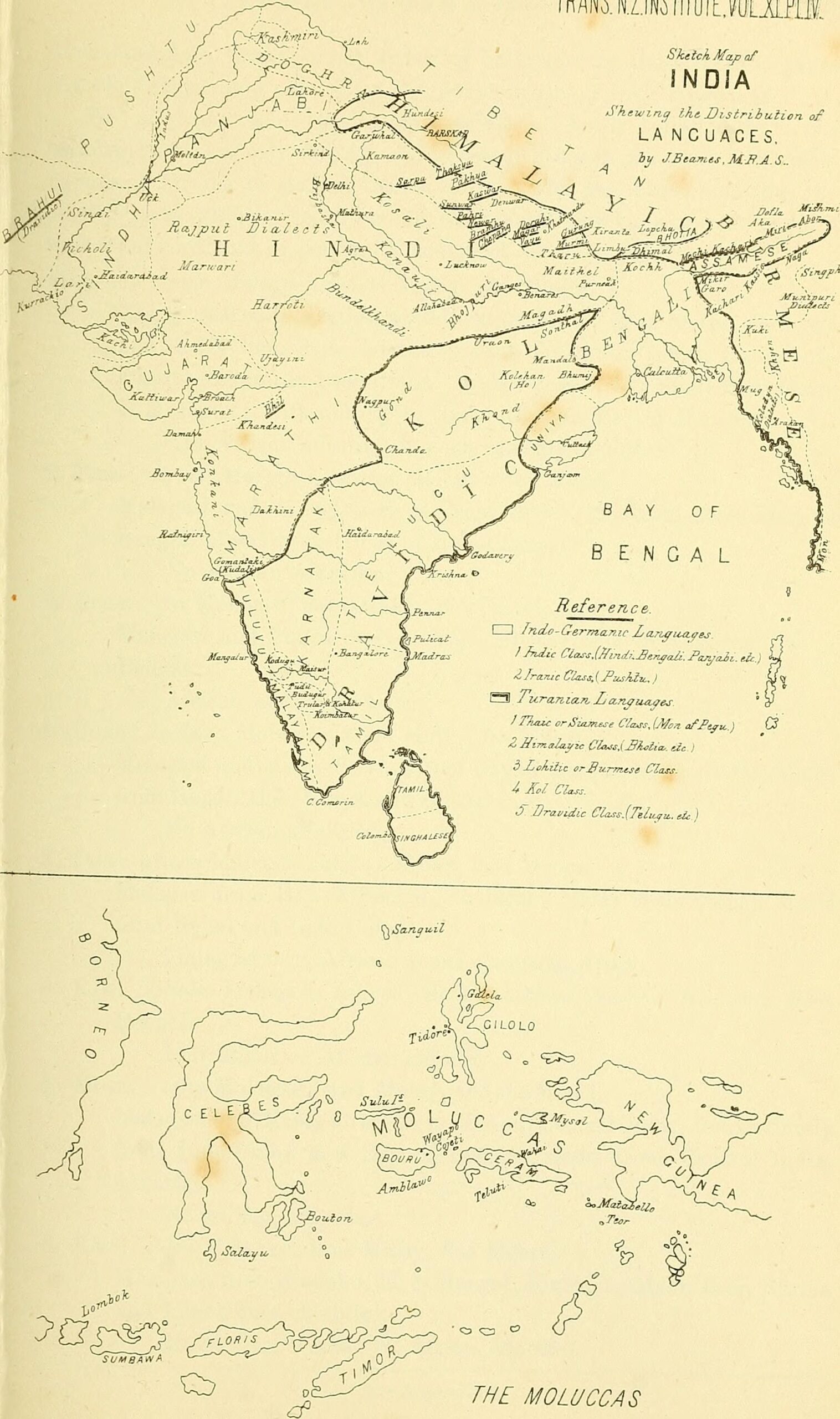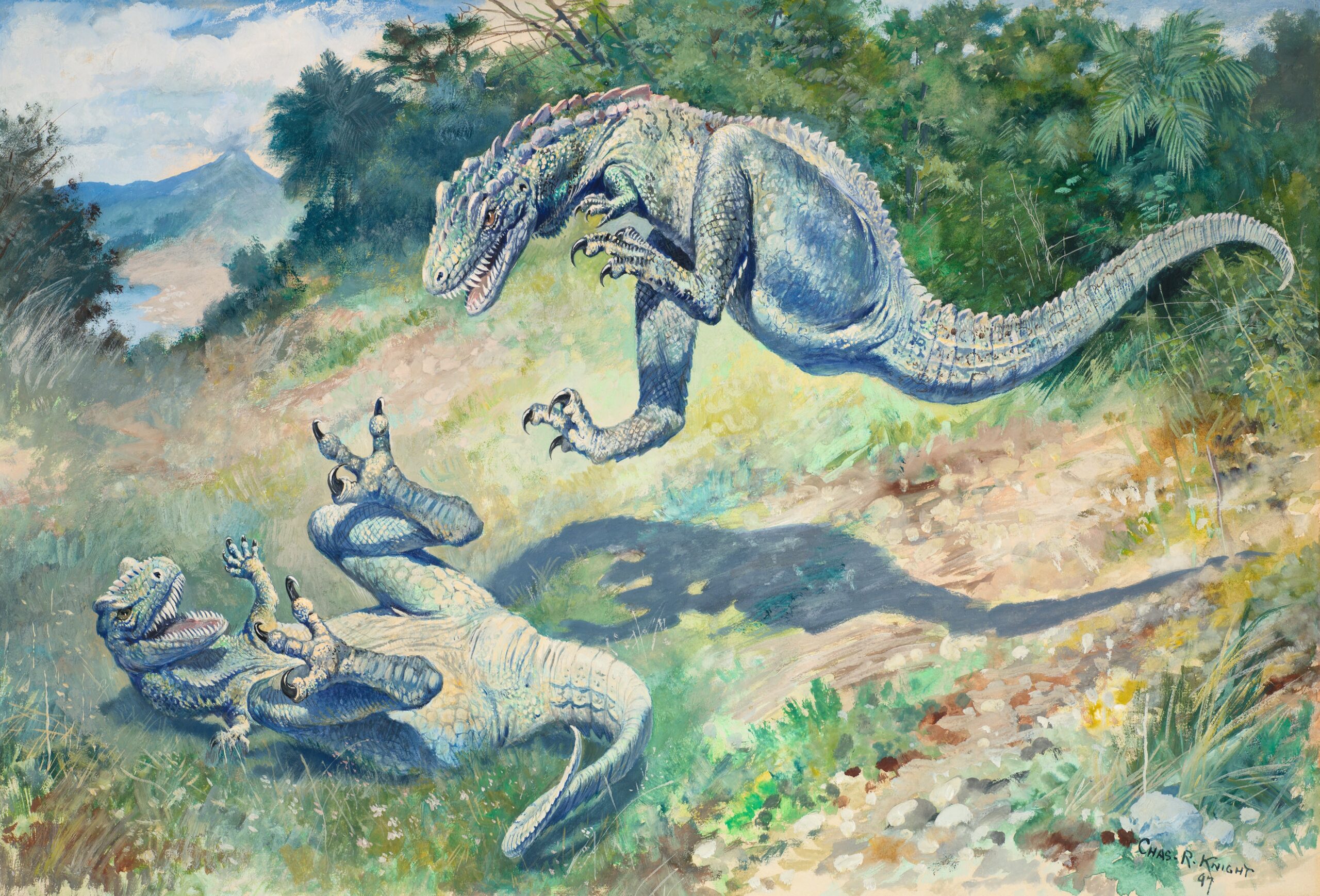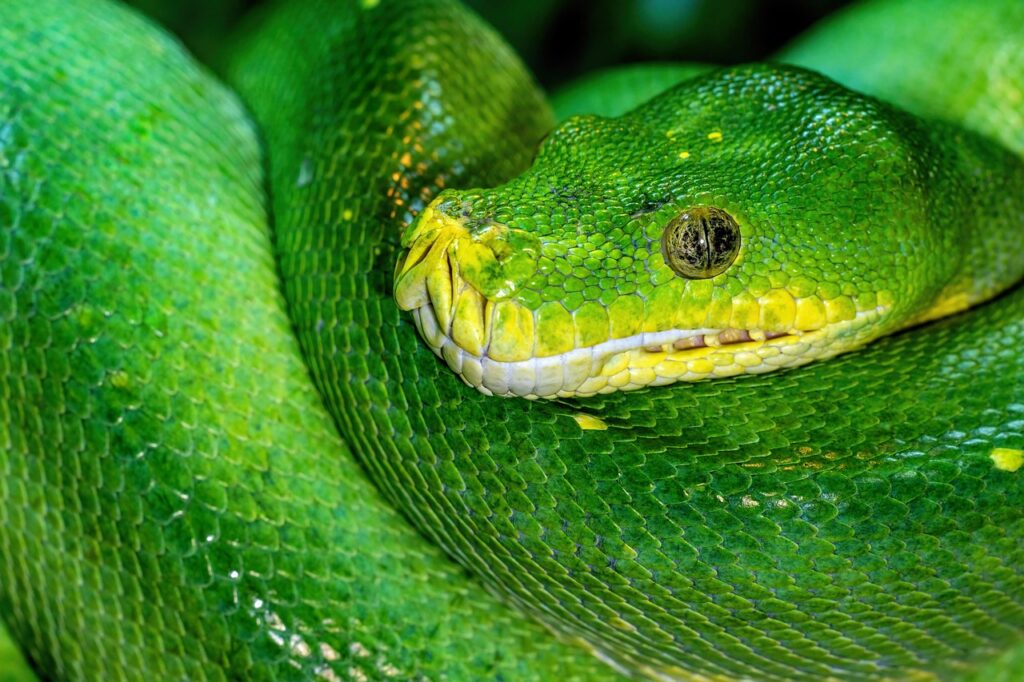Picture this: a world where thunderous footsteps shake the ground beneath your feet, where creatures the size of buses roam freely, and where the very air vibrates with the calls of giants. This wasn’t a scene from a movie – this was Earth during the Jurassic Period, roughly 201 to 145 million years ago. What happened during this remarkable chapter of our planet’s history that transformed dinosaurs from relatively modest creatures into the colossal titans we know today? The answer lies in a perfect storm of environmental changes, evolutionary innovations, and ecological opportunities that created the ultimate playground for prehistoric giants.
The Stage is Set: Earth’s Jurassic Transformation
The Jurassic Period didn’t just happen overnight – it was the result of dramatic planetary changes that reshaped everything from climate to geography. Following the massive Triassic-Jurassic extinction event, Earth became a greenhouse world with no polar ice caps and sea levels rising dramatically. This warm, humid climate created lush, tropical conditions across most of the planet, turning vast areas into prehistoric paradises.
The supercontinent Pangaea began breaking apart during this time, creating new ocean basins and altering global weather patterns. These changes didn’t just affect temperature – they revolutionized rainfall patterns, creating the perfect conditions for explosive plant growth. Think of it like upgrading from a small garden to endless fertile fields, giving herbivorous dinosaurs access to an all-you-can-eat buffet that lasted millions of years.
The Plant Revolution That Changed Everything
You can’t understand the Jurassic dinosaur explosion without grasping the botanical revolution that made it possible. During this period, gymnosperms – including conifers, cycads, and ferns – dominated the landscape and reached unprecedented diversity. These weren’t just any plants; they were nutritional powerhouses that could sustain massive herbivores.
Cycads, for instance, developed large, starchy trunks that provided concentrated energy sources for hungry dinosaurs. Conifers grew to enormous heights, creating multi-story forests that offered feeding opportunities at different levels. The abundance and variety of plant life meant that multiple species of herbivorous dinosaurs could coexist without competing directly for the same food sources.
This plant diversity created what ecologists call “niche partitioning” – imagine a massive restaurant with countless different cuisines, allowing various dinosaur species to specialize in different types of vegetation. Some focused on ground-level ferns, others reached for high canopy leaves, and some specialized in the tough, fibrous materials that other animals couldn’t digest.
Oxygen Levels and the Gigantism Factor
One of the most fascinating aspects of Jurassic gigantism relates to atmospheric composition, particularly oxygen levels. During the Jurassic, atmospheric oxygen concentrations were significantly higher than today’s levels, reaching up to 35% compared to our current 21%. This might not sound like much, but it was absolutely crucial for supporting massive body sizes.
Higher oxygen levels meant that dinosaurs could more efficiently fuel their enormous bodies and maintain the metabolic processes necessary for growth and movement. Think of it like upgrading from regular gasoline to premium fuel – everything just runs better and more powerfully. This oxygen-rich environment also supported the respiratory systems of these giants, allowing them to breathe more efficiently despite their enormous size.
The increased oxygen availability also benefited the entire ecosystem, supporting larger insects, more robust plant growth, and creating a feedback loop that sustained the conditions necessary for continued gigantism. It was like nature’s own performance-enhancing atmosphere, perfectly tuned for creating and maintaining prehistoric giants.
The Sauropod Success Story
No discussion of Jurassic gigantism would be complete without focusing on the true stars of the show: sauropods. These long-necked giants didn’t just get big – they perfected the art of being enormous. Species like Brachiosaurus, Diplodocus, and Apatosaurus represent evolutionary masterpieces of size and efficiency.
Sauropods developed several key innovations that made their massive size possible. Their long necks allowed them to access food sources that other animals couldn’t reach, essentially giving them exclusive access to an aerial salad bar. Their specialized digestive systems, complete with gastroliths (stomach stones) for grinding plant material, meant they could extract maximum nutrition from tough vegetation.
Perhaps most importantly, sauropods evolved efficient respiratory systems with air sacs similar to modern birds. This innovation allowed them to move massive amounts of air through their bodies with minimal energy expenditure. It’s like having a supercharged cooling and oxygenation system that could keep a building-sized animal functioning at peak performance.
The Predator Arms Race

Where there are giant herbivores, giant predators inevitably follow. The Jurassic Period saw the evolution of some of the most formidable predators in Earth’s history, including early members of the tyrannosaur lineage and massive theropods like Allosaurus. These predators didn’t just grow larger randomly – they evolved in direct response to the increasing size of their prey.
The relationship between predator and prey during the Jurassic was like an evolutionary arms race, with each side constantly developing new advantages. Herbivores grew larger for protection, developing thick skin, defensive spines, and powerful tails. Predators responded by becoming more powerful, developing stronger jaws, sharper claws, and more sophisticated hunting strategies.
This predator-prey dynamic created a positive feedback loop that drove size increases across the entire ecosystem. It wasn’t enough to be big – you had to be bigger than your competition, whether you were trying to avoid being eaten or trying to catch your next meal.
Continental Drift and Geographic Isolation

The breakup of Pangaea during the Jurassic Period created something unprecedented in Earth’s history: isolated continents that served as massive natural laboratories for evolution. As landmasses separated, dinosaur populations became isolated from each other, leading to rapid diversification and specialization.
This geographic isolation meant that different regions developed their own unique dinosaur fauna, much like how islands today often have distinct animal communities. The Morrison Formation in North America, for example, preserves evidence of a unique ecosystem filled with giants like Diplodocus and Stegosaurus, while contemporary formations in other parts of the world show completely different assemblages of dinosaurs.
The isolation also reduced competition between similar species, allowing multiple large dinosaur species to coexist in the same regions. Think of it like having several different apartment buildings instead of one overcrowded complex – there was simply more room for everyone to find their niche and grow to impressive sizes.
The Role of Sexual Selection
Size wasn’t just about survival during the Jurassic – it was also about reproduction and social status. Many dinosaur species likely engaged in elaborate displays of dominance and courtship, where size played a crucial role in determining mating success. The larger and more impressive you were, the better your chances of passing on your genes.
Evidence for this comes from the elaborate crests, frills, and spines found on many Jurassic dinosaurs. These features weren’t just for show – they were evolutionary billboards advertising genetic fitness. Like peacocks displaying their magnificent tails, dinosaurs used their size and ornamental features to attract mates and intimidate rivals.
Sexual selection creates what scientists call “runaway evolution,” where traits become more and more exaggerated over time. If bigger dinosaurs were more successful at reproduction, then each generation would tend to be larger than the last, creating a natural escalator toward gigantism that continued throughout the Jurassic.
Metabolic Innovations and Energy Efficiency

Growing to enormous sizes isn’t just about having enough food – it’s about using energy efficiently enough to maintain such massive bodies. Jurassic dinosaurs developed several metabolic innovations that made their gigantism sustainable over millions of years.
Many large dinosaurs likely had intermediate metabolic rates between those of modern reptiles and mammals, giving them the benefits of both systems. They could maintain relatively high activity levels when needed, but also conserve energy when food was scarce. This flexibility was crucial for surviving in an environment where resources, while abundant, weren’t always predictable.
Sauropods, in particular, seem to have perfected the art of energy conservation. Their enormous size meant they had very favorable surface-area-to-volume ratios, helping them maintain stable body temperatures without expending excessive energy. It’s like living in a well-insulated house – once you reach the right temperature, it takes minimal energy to maintain it.
The Aquatic Advantage

While we often think of Jurassic giants as terrestrial creatures, the period also saw remarkable aquatic adaptations that contributed to overall size increases. Marine reptiles like plesiosaurs and ichthyosaurs grew to enormous sizes, taking advantage of the buoyancy provided by water to support their massive bodies.
The oceans during the Jurassic were incredibly productive, filled with diverse marine ecosystems that could support large predators. Water provides natural support for heavy bodies, eliminating many of the structural constraints that limit the size of land animals. This allowed marine reptiles to achieve sizes that would have been impossible on land.
The success of aquatic giants also demonstrates how the Jurassic environment was conducive to gigantism across multiple ecosystems. Whether on land or in the sea, the conditions were perfect for evolutionary experiments in size, creating a world where giants ruled every available habitat.
Climate Stability and Long-Term Growth
One often overlooked factor in the Jurassic dinosaur explosion was the remarkable climatic stability of the period. Unlike many other geological periods marked by dramatic climate swings, the Jurassic enjoyed millions of years of relatively stable, warm conditions. This stability provided the consistent environmental conditions necessary for long-term evolutionary trends toward gigantism.
Stable climates meant that dinosaur populations could invest energy in growth rather than constantly adapting to changing conditions. It’s like the difference between trying to build a house during a hurricane versus during perfect weather – consistency allows for more ambitious projects.
The long-term stability also meant that evolutionary innovations had time to be refined and perfected. Features that contributed to gigantism could be gradually improved over millions of years, leading to the highly specialized and efficient giants we see in the fossil record.
The Fossil Record Reveals the Timeline
The fossil record provides a remarkable window into how the Jurassic dinosaur explosion unfolded over time. Early Jurassic dinosaurs were generally smaller and less specialized than their later counterparts, showing a clear progression toward gigantism throughout the period.
Formations like the Kayenta Formation in the early Jurassic show dinosaurs that were impressive but still relatively modest in size. By the middle Jurassic, we see the first truly gigantic sauropods appearing in the fossil record. The late Jurassic Morrison Formation preserves some of the largest dinosaurs ever discovered, representing the culmination of this evolutionary trend.
This timeline shows that the dinosaur explosion wasn’t a sudden event but rather a gradual process of evolutionary experimentation and refinement. Each new fossil discovery adds another piece to the puzzle, helping us understand how these incredible creatures achieved their record-breaking sizes.
The Domino Effect of Ecosystem Changes
The Jurassic dinosaur explosion wasn’t just about individual species getting bigger – it was about entire ecosystems reorganizing around the possibilities created by gigantism. The presence of enormous herbivores changed everything from plant community structures to soil composition, creating cascading effects that influenced the entire web of life.
Large herbivores acted as ecosystem engineers, trampling vegetation, creating clearings, and distributing seeds across vast distances. Their massive digestive systems processed enormous quantities of plant material, cycling nutrients back into the environment in ways that supported continued plant growth and diversity.
These ecosystem changes created new opportunities for other organisms, from the smallest insects to the largest predators. The Jurassic wasn’t just the age of dinosaurs – it was the age of interconnected ecosystems organized around the unique possibilities created by prehistoric giants.
Modern Lessons from Ancient Giants
The Jurassic dinosaur explosion offers valuable insights for understanding modern ecosystems and conservation challenges. The period demonstrates how environmental conditions, evolutionary innovations, and ecological relationships can combine to create remarkable biodiversity and evolutionary success.
Today’s largest land animals, like elephants and rhinoceroses, face constraints that didn’t exist during the Jurassic. Modern ecosystems are fragmented, climates are changing rapidly, and human activities limit the space available for large animals. Understanding what made Jurassic gigantism possible helps us appreciate what today’s large animals need to survive.
The Jurassic also shows us the importance of long-term environmental stability for evolutionary innovation. The millions of years of consistent conditions that allowed dinosaurs to achieve their remarkable sizes remind us that conservation efforts must think in terms of geological time scales, not just immediate needs.
The Jurassic dinosaur explosion represents one of evolution’s greatest success stories, a time when our planet’s conditions aligned perfectly to support the largest land animals in Earth’s history. From the breaking apart of supercontinents to the evolution of efficient respiratory systems, every factor seemed to conspire to create a world where giants could not only survive but thrive for millions of years. These ancient ecosystems achieved a level of biomass and diversity that modern environments can barely imagine, supported by atmospheric conditions, climate stability, and evolutionary innovations that transformed dinosaurs from modest creatures into the legendary giants that continue to capture our imagination today. What strikes you most about this prehistoric world where being enormous was not just possible, but the key to evolutionary success?




